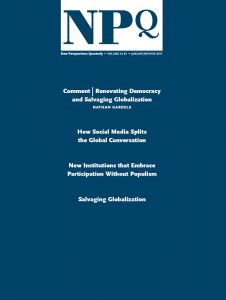The State of Oklahoma vs. Female Offenders: Vengeful Equality at Work?
In January 2010, 24-year-old Patricia Spottedcrow was arrested for selling $31 worth of marijuana to a police informant from her home in Kingfisher County, OK. Because her children were home at the time, Spottedcrow was charged with possession of a dangerous substance in the presence of a minor in addition to being charged with distributing a controlled substance. Since she had no prior criminal record and since the amount of marijuana sold was small, Spottedcrow elected to enter into a...



1475-682X/asset/akdkey.jpg?v=1&s=eef6c6a27a6d15977bc8f9cc0c7bc7fbe54a32de)
1540-6237/asset/SSSA_Logo-RGB.jpg?v=1&s=c337bd297fd542da89c4e342754f2e91c5d6302e)